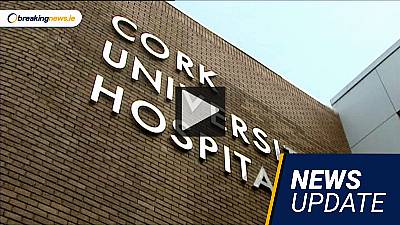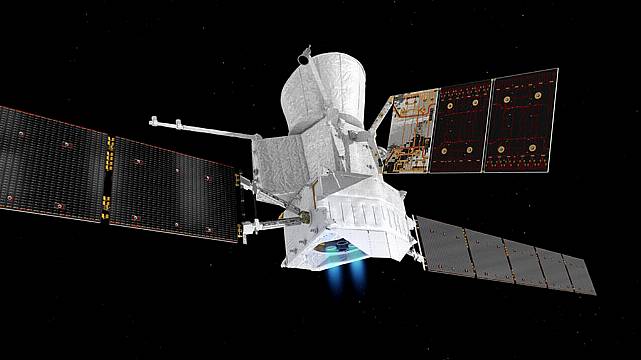A British-built spacecraft is set to reach its destination planet Mercury on Friday for the first of six planned flybys.
BepiColombo will swoop within just 124 miles of the smallest planet in the Solar System, taking photographs and collecting data for scientists.
Launched on October 20th 2018, the spacecraft needs nine gravity assist flybys — one at Earth, two at Venus and six at Mercury — before entering orbit around the planet in 2025.
Two orbiters, the European Space Agency’s (ESA) Mercury Planetary Orbiter and the Japan Aerospace Exploration Agency-led (JAXA) Mercury Magnetospheric Orbiter, Mio, will help scientists to better understand the planet’s origin and its evolution as the closest to the sun.
The last flyby look place around Venus on August 10th, though a week later a correction nudge was needed to set the spacecraft in the right direction.
“It is because of our remarkable ground stations that we know where our spacecraft is with such precision,” said Elsa Montagnon, spacecraft operations manager for the mission.
Get ready for our first #MercuryFlyby this Fri night! Close approach of ~200 km is at 23:34 UT. More details: https://t.co/tjE3PLKY1x! #ExploreFarther #BepiColombo pic.twitter.com/9phQCV94eW
— BepiColombo (@BepiColombo) September 28, 2021
“With this information, the flight dynamics team at ESOC (European Space Operations Centre) know just how much we need to manoeuvre, to be in the right place for Mercury’s gravitational assist.
“As is often the case, our mission’s path has been planned so meticulously that no further correction manoeuvres are expected for this upcoming flyby. BepiColombo is on track.”
Although the spacecraft will take photos, this time round they will not be high resolution as the main camera is blocked by a transfer module when in cruise mode.
Three monitoring cameras, with the ability to take low resolution black and white snapshots, will instead get to work from about five minutes after the time of close approach and up to four hours later.

As BepiColombo is arriving on the planet’s nightside, conditions are not ideal to take images directly at the closest approach, thus the closest image will be captured from a distance of about 620 miles.
“We’re really looking forward to seeing the first results from measurements taken so close to Mercury’s surface,” said Johannes Benkhoff, ESA’s BepiColombo project scientist.
“When I started working as project scientist on BepiColombo in January 2008, Nasa’s Messenger mission had its first flyby at Mercury. Now it’s our turn. It’s a fantastic feeling.”







